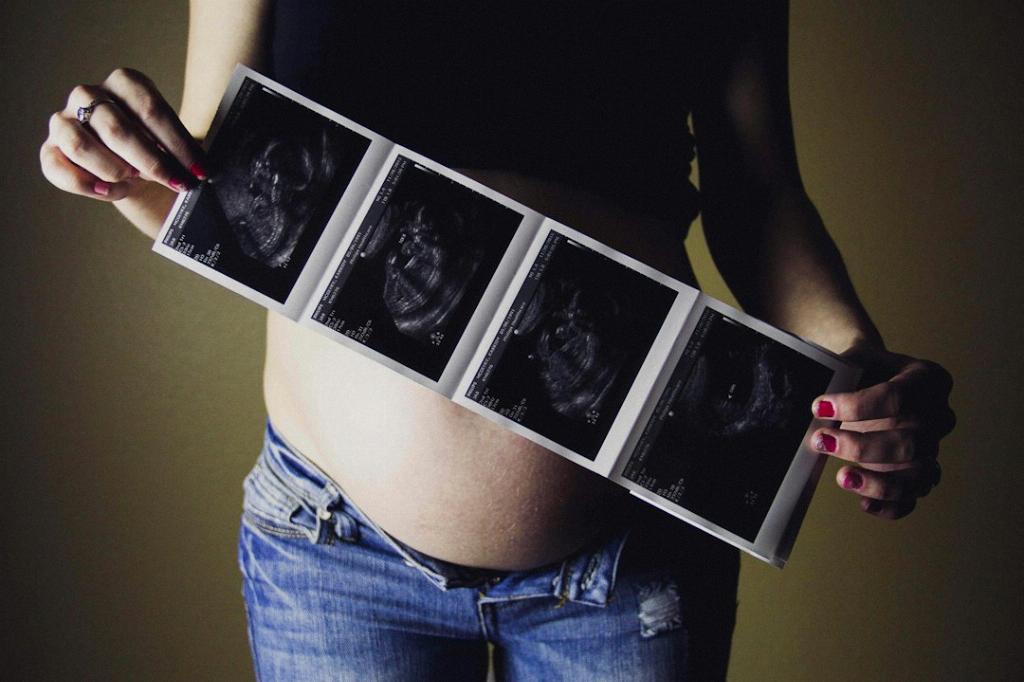At around the sixth month of pregnancy, a fetus has reached a significant stage of development. By this time, the baby is approximately 12 inches in length and weighs about 2 pounds. This growth spurt contributes to a more defined appearance and distinct features within the womb.
One notable characteristic is the fetus’s skin, which takes on a reddish hue at this stage. The skin appears wrinkled, and tiny veins are visible beneath the surface, creating a delicate and translucent quality. These visible veins serve as a reminder of the intricate network that sustains and nurtures the growing baby.
Furthermore, as the baby continues to develop, the unique fingerprints and toe prints that will distinguish them throughout their life begin to form. These tiny marks, though minuscule in size, signify the individuality that is already taking shape within the womb.
Another remarkable change that occurs around the sixth month is the opening of the eyelids. The fetus’s eyelids, which were fused shut before this stage, start to part, revealing the delicate structure of the eyes within. As the eyes open, a sense of awareness and responsiveness is hinted at, showcasing the emerging sensory abilities of the baby.
In addition to the unfolding of the eyes, other facial features become more defined during the sixth month of pregnancy. The nose, ears, and mouth take on a more pronounced appearance, as the fetus’s facial structure continues to develop and mature. These transformations contribute to the baby’s evolving resemblance to a newborn.
As the sixth month progresses, the baby’s hair, known as lanugo, covers their body in a fine layer. While this hair will eventually shed before birth, its presence at this stage indicates the body’s preparation for regulating temperature and protection in the womb environment.
Moreover, the movements of the fetus become more coordinated and purposeful at six months of gestation. The baby may kick, stretch, and respond to external stimuli, showcasing a growing sense of mobility and interaction within the confined space of the uterus.
Additionally, the internal organs of the fetus continue to mature during the sixth month, with the respiratory and digestive systems making significant strides in preparation for independent function after birth. These developments indicate the intricate process of growth and specialization occurring within the baby’s body.
By the end of the sixth month, the fetus’s skeletal system has become more defined, with bones hardening and ossifying to support the growing body. This structural reinforcement is essential for the baby’s strength and mobility as they continue to develop in the womb.
Furthermore, the nervous system of the fetus experiences further refinement during the sixth month, with intricate neural connections forming and strengthening. This neurological progress paves the way for the development of essential sensory and motor functions that will be vital for the baby’s survival and interaction after birth.
Overall, the appearance of a 6-month fetus offers a glimpse into the intricate and miraculous process of human development. Each visible aspect, from the skin to the facial features to the movements, reflects the dynamic growth and transformation taking place within the womb, laying the foundation for the unique individual that is steadily emerging.
In conclusion, the sixth month of pregnancy marks a crucial stage in the physical development of the fetus, as numerous changes occur to shape and define the baby’s appearance. These developments, ranging from skin color to facial features to movements, collectively contribute to the distinct presence of a growing human life within the protective confines of the womb.

